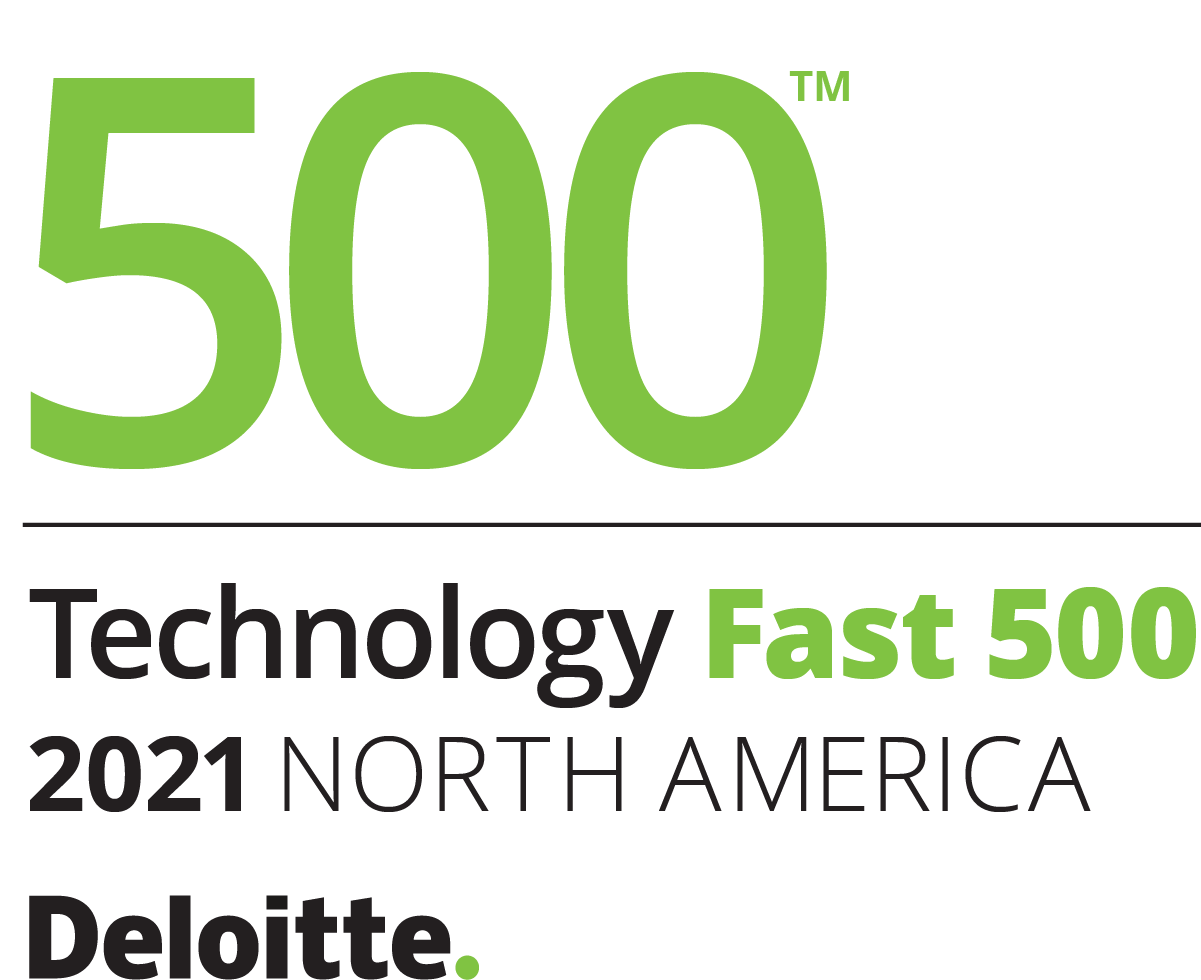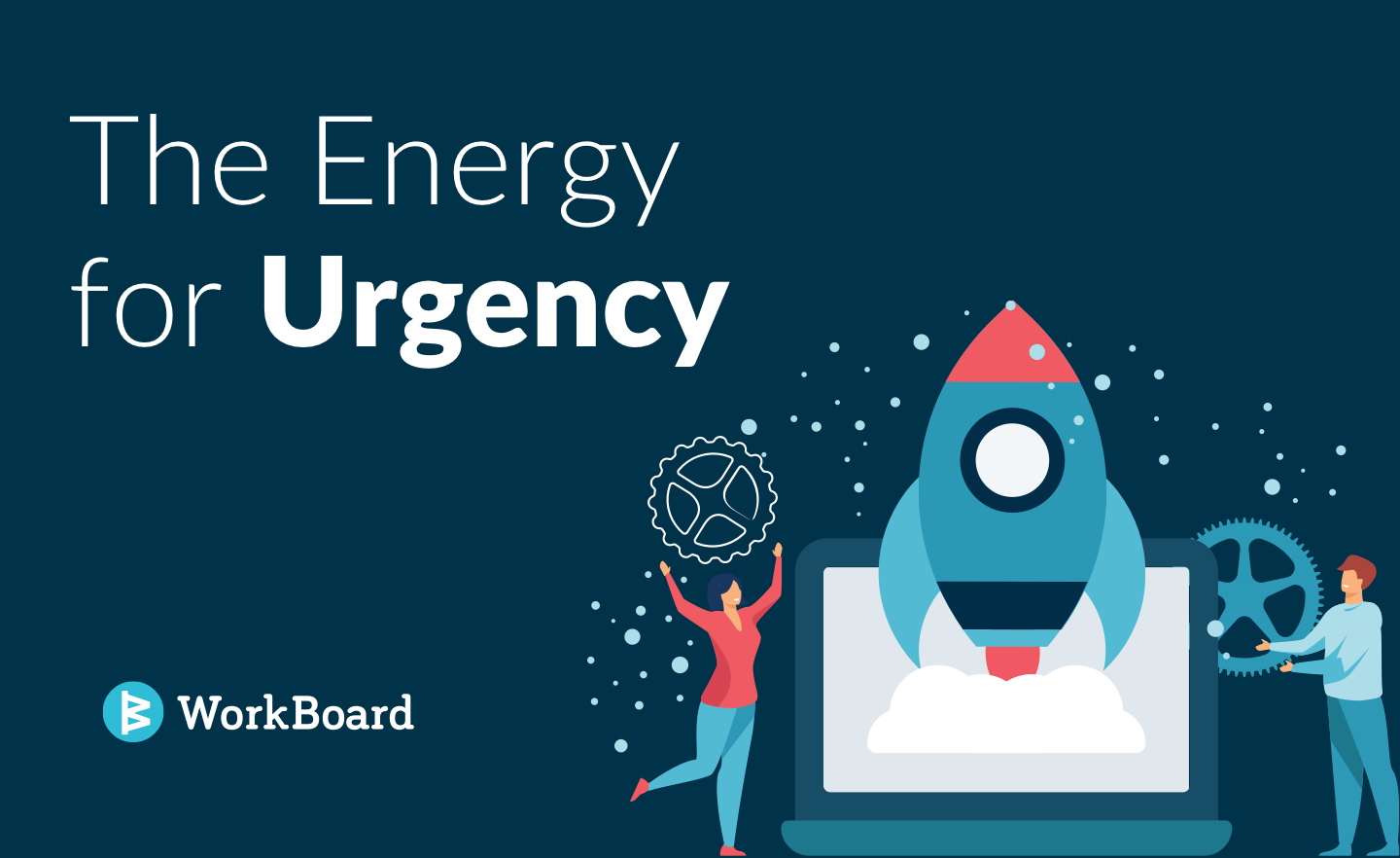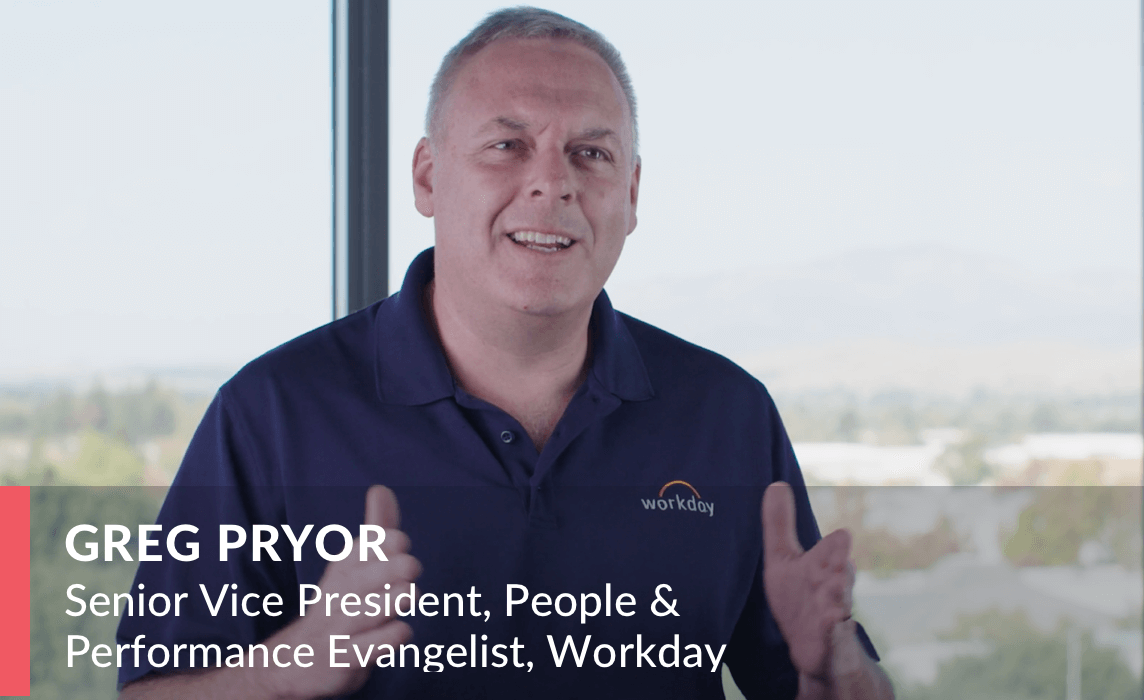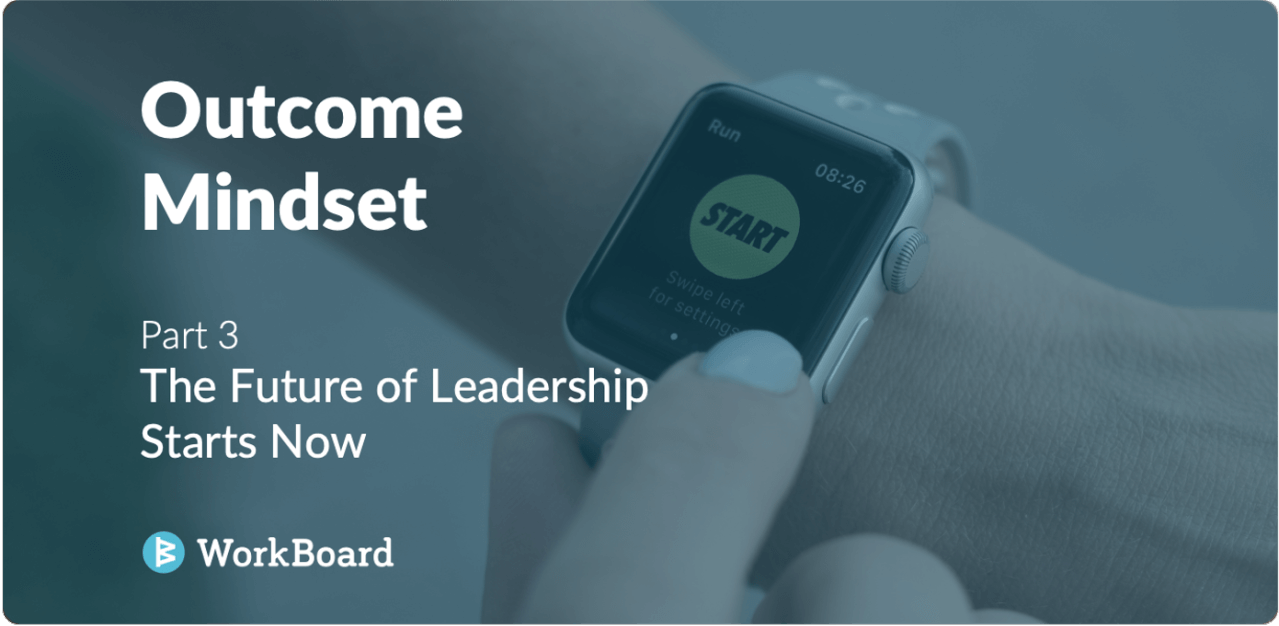
This is the third in a Future of Leadership series. Read Part 1 and Part 2
Continuing my series of reflections and solutions for the Future of Leadership, this post focuses on the institutional habit of confusing activity with value. Activity for the sake of activity is one of the greatest wastes in an enterprise. Outcomes are the measurable business value that our output and activity create, but too few people know there is a difference.
In my first startup, I had the privilege of working with Peter Drucker to create a digital archive of his life’s work and in the course of that, had the opportunity to be a student of it with the master himself. One my favorite Peter quotes is “there is nothing so useless as doing efficiently that which should not be done at all” — yet many organizations reinforce and reward just that.
Legacy management models focus on activity, measuring the quantity and speed of it (a leftover from a manufacturing heritage). This activity-centered thinking is deeply ingrained in management training and until recently, even software development was measured simply by the quantity of code written rather than the value it created or consumed by the customer. High output is seen as its own reward and it's become an enormous reflexive muscle we flex even when it doesn’t have valuable business outcomes.
Today, our workforces don’t know how to define or measure the results or the value of their work because we’ve never asked them to. We’ve trained them to list, report, and be recognized for doing activity — even when they don’t know the outcomes it should create. We can’t be surprised when they confuse being busy with being valuable. In this disjointed remote world we work in, that problem has expanded to conflating being in meetings with being valuable.
Guide Outcomes Instead of Driving Output
It’s hard to drive results from your work when you haven’t defined them. To thrive and grow, we need to adopt an Outcome Mindset — which means fostering intellectual understanding of the purpose and value we seek to create from work before engaging in it and orienting our efforts on our best outcomes by design. When people have an Outcome Mindset, they naturally seek clarity of intention and impact to use as their compass. It gives people the why of their work, the power of possibilities, and the value of their time. When people know the outcomes they contribute, they are more connected to and can intentionally amplify the value of their work.
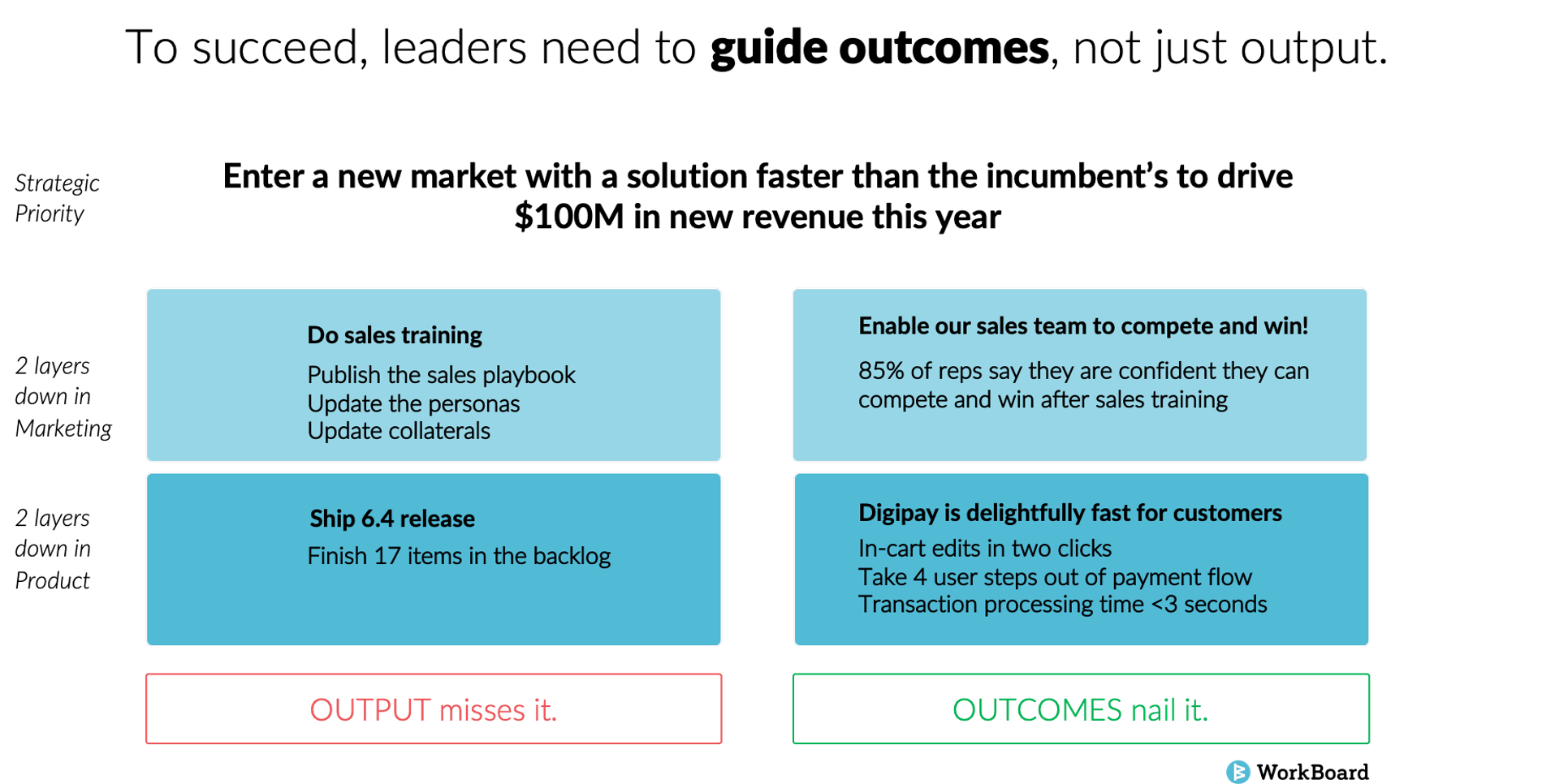
The example above highlights the shift to Outcome Mindset. The team on the left spends the time and the effort but the company doesn't achieve its strategic priority; everyone is tired but no one wins. The team on the right starts with clarity on what they want to achieve and how to contribute their best to the strategic priority; they consider how that value will be measured which creates an opportunity to align with others. This clarity then drives deliverables — rather than moving on when a task is complete, they shift and adjust tactics quickly in service of their true outcomes. The company’s needle moves and teams know exactly how they contributed to that forward movement.
TWhen the whole organization cultivates and works with an Outcome Mindset, it achieves its vision faster and more efficiently because everyone’s efforts are genuinely accretive. Leaders of the future will coach and guide their teams to outcomes, not just push them for output.
Stay tuned as I tackle four more self-imposed speed limits over the next few days in this Future of Leadership series!

See the prior posts in this series: Predictions on the Future of Leadership and the self imposed speed limits. The latency and mediocrity of Predictability Bias and how to tap the well of ambition in the org.
Like it? Get more and share!
